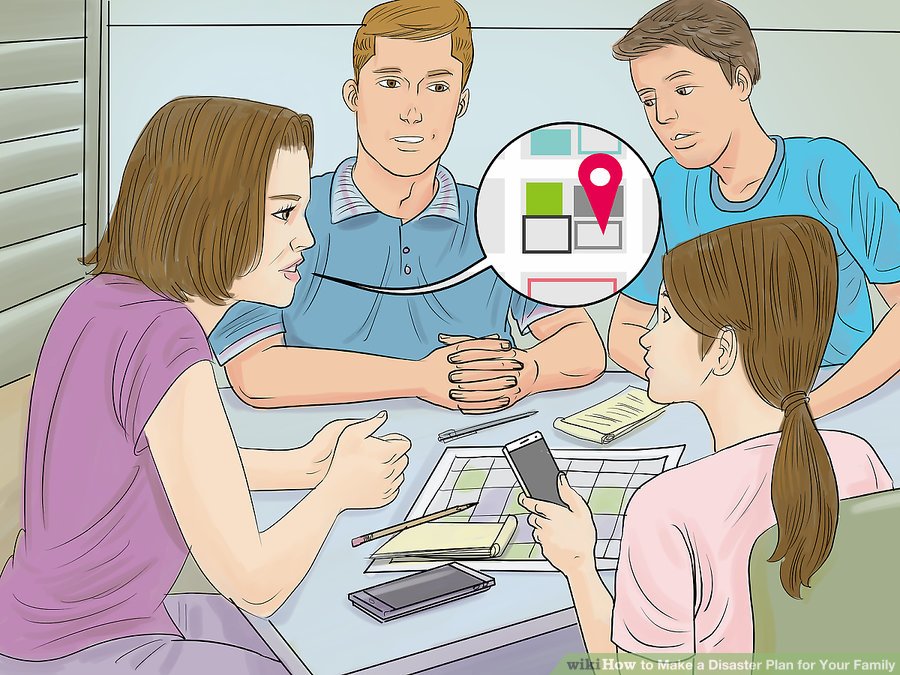When an emergency strikes, you need to make sure your family is prepared. Click here to learn how to plan an effective family emergency drill.
According to a recent study, over half of all American families have emergency evacuation supplies ready to go, while about 37% have an agreed-upon meeting location.
Unfortunately, a study by FEMA also showed that 24% of families say they aren’t sure how to best prepare for an emergency.
This is where we come in.
In this post, we’re telling you everything you need to know to plan an effective emergency drill, as well as what supplies you need to have.
What To Prepare For
When you’re creating an emergency drill plan, you need to prepare for several different scenarios. Talk about what you’ll do in case of the following:
- Fires
- National crises/terrorism
- A home invasion/robbery
- A tornado/storm
Depending on where you live, you may consider adding more situations to the list.
What To Talk About
There are several discussions you need to have with your family about facts and things they need to remember during an emergency. These include:
- Emergency telephone numbers
- Alarm codes
- Meeting locations
- Where to hide in the house
- The location of extra keys, weapons, tools, etc.
- Who will account for any pets you have
- “Safe zones” in your house for natural disasters
- Rooms without windows, etc.
- Escape routes from rooms/home in general
Regularly review your drill plans – not just once a year or on a Saturday when you’re bored. Especially if you have younger children, teaching them moves like “Stop, Drop, and Roll” is important, as is teaching them how to call 911.
We recommend running your drill about once a month.
How To Run An Emergency Drill
Get as close to the real situation as possible. There’s no “asking for help” if something goes wrong during the drill.
(Especially if you are simulating a robbery, remind young children that the drill is “just pretend.”)
It’s even possible to look up home invasion “simulations” on YouTube to make the situation more authentic, or to pick up new skills.
We also suggest turning out the lights or running your drills at different times of the day. It won’t always be easy or safe to turn on the lights, and your family needs to be prepared for the worst.
Plus, if you hit the lights when you have children, it’s a great way to remind them that this is serious, not a fun game.
After you’ve completed your drill, don’t just go back to your day. Instead, take the time to talk with your family afterward and evaluate how they did.
What could they have done differently?
Do they have any questions?
What was the hardest thing for them?
What should they work on?
Ready To Run Your Emergency Drill?
Don’t wait until it’s too late to start preparing your family for what to do in case of an emergency.
Whether you’re dealing with a fire, a break-in, or a weather-related crisis, you need to be prepared.
Installing a top security system in your home is the first step in emergency preparedness.
Get in touch with us to learn how our products and services will keep your family safe.


Recent Comments